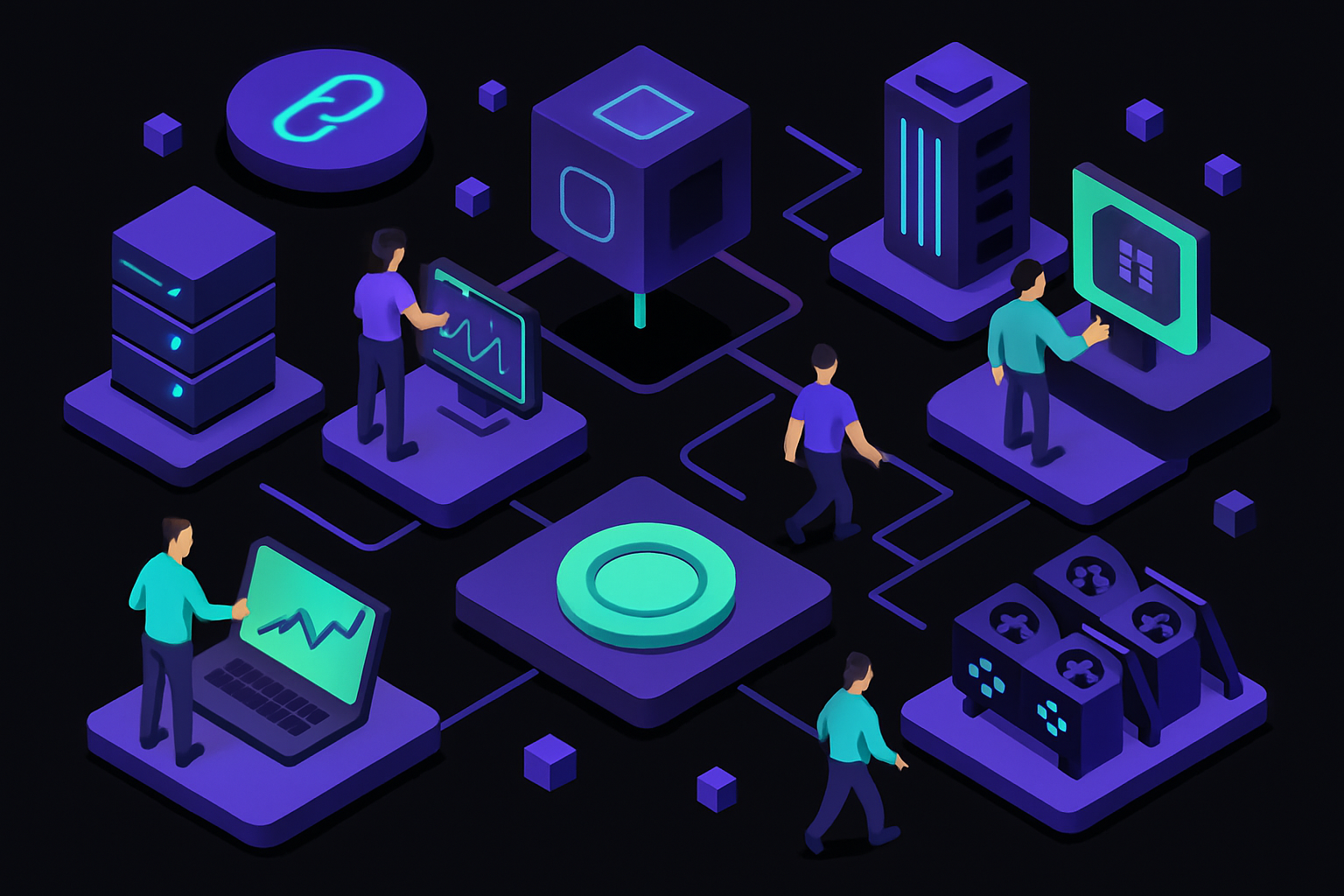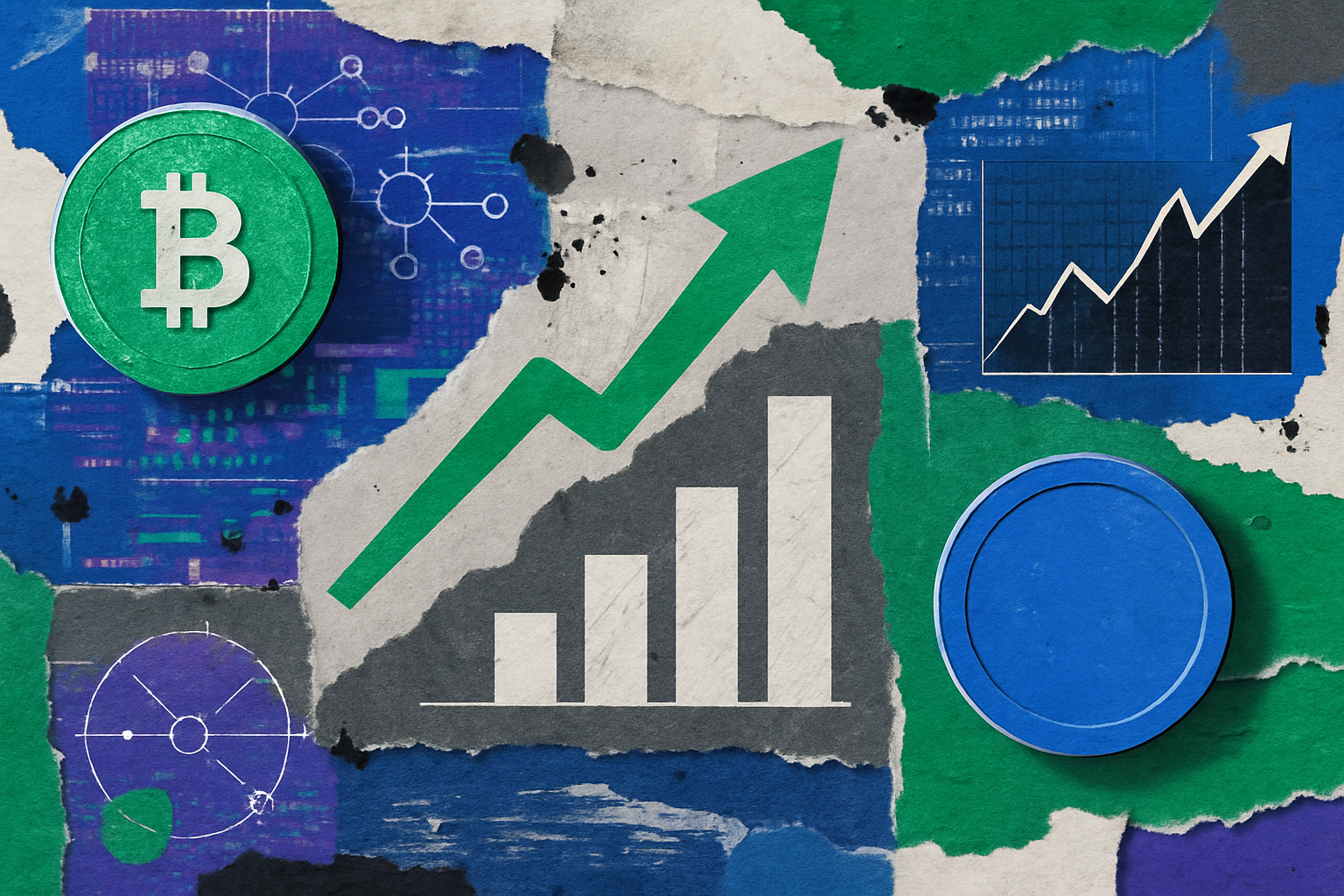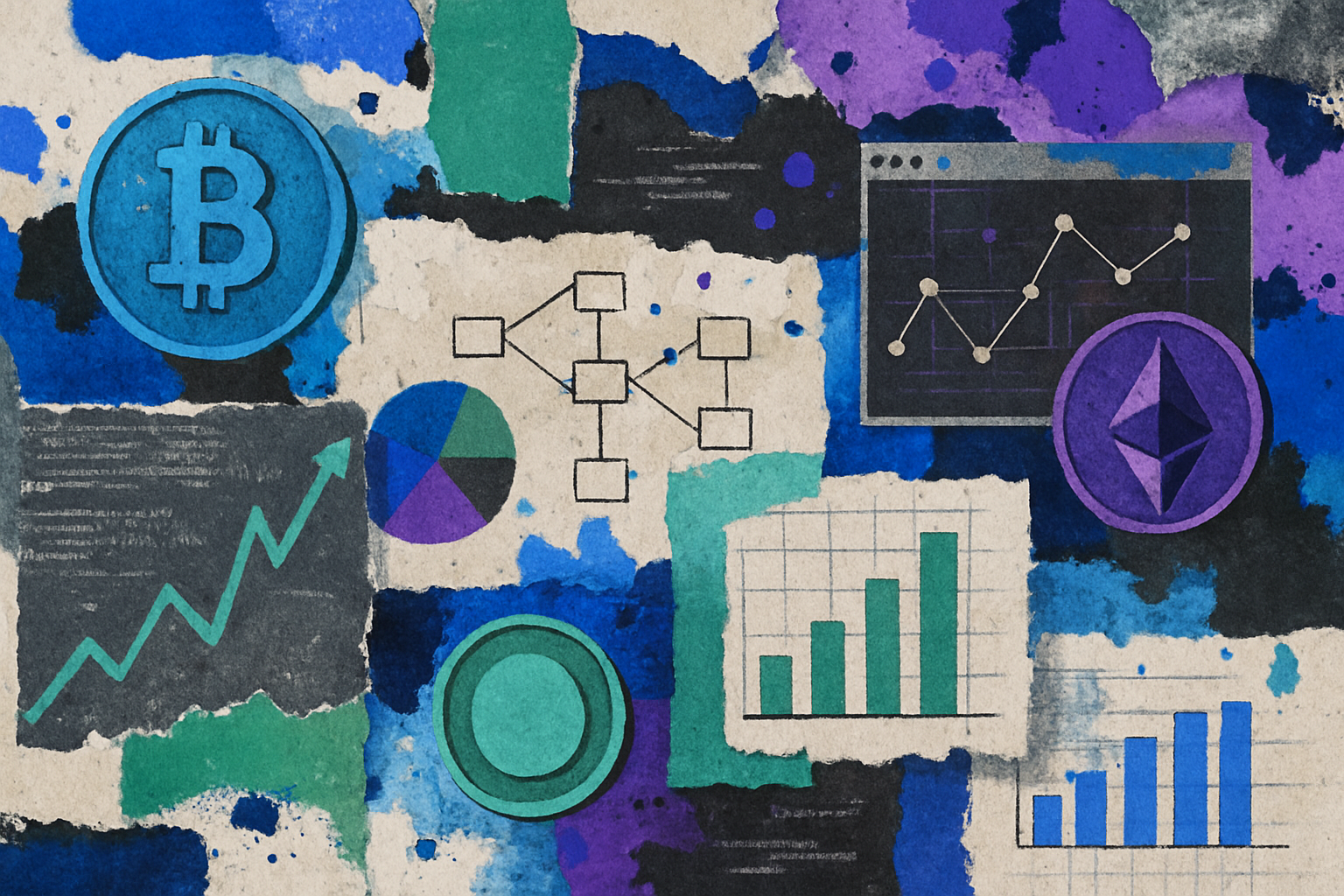
The GameFi sector in 2025 is experiencing a profound transformation, driven by the rapid adoption of smart NFTs in gaming. Unlike their static predecessors, these next-generation digital assets are dynamic, programmable, and interoperable across chains, fundamentally altering how players interact with virtual economies. The leap from simple collectibles like CryptoKitties to today’s dynamic NFT assets represents more than just technical progress – it is a reimagining of ownership, utility, and value within NFT-based game economies.
Dynamic NFTs: The New Standard for Evolving In-Game Assets
Dynamic NFTs (dNFTs) have emerged as the backbone of modern GameFi platforms. These assets are encoded with on-chain logic that allows them to evolve based on player actions, achievements, or even external data feeds. For example, an NFT character might gain new abilities after winning battles or change its appearance as it levels up. This creates a unique, personalized gaming experience where every asset can tell its own story – and hold its own market value.
According to NFT News Today’s Q1 2025 GameFi report, platforms like Polygon and Ronin have been instrumental in enabling cross-chain interoperability for these assets. Players can now transfer NFTs between ecosystems with minimal friction and reduced fees, a major leap from the siloed experiences of earlier years.
![]()
The programmability of smart NFTs also powers innovative economic models. In projects like Illuvium ($ILV), NFTs evolve in direct response to player engagement, creating a feedback loop that both rewards skill and increases asset value. This dynamic approach is quickly becoming the gold standard for evolving in-game assets and is setting new expectations for what NFT utility for gamers should look like.
GameFi 2025 Trends: Interoperability, DeFi Integration, and Security
The current wave of GameFi 2025 trends is defined by three pillars: interoperability, DeFi integration, and advanced security. First, true cross-chain functionality is no longer a theoretical promise. Thanks to robust bridges and standards, smart NFTs can move seamlessly across blockchains, unlocking liquidity and new user bases for every project involved.
Second, the integration of DeFi mechanisms into NFT-based game economies is unlocking passive income streams for players. Staking, yield farming, and NFT collateralization are now common features. Gamers can stake their NFTs to earn rewards or use them as collateral for loans – all without leaving the game’s ecosystem. This aligns with the broader trend of NFT-Fi in 2025, where assets are no longer confined to a single platform or use case.
Security is also top of mind. With the rise of programmable and valuable smart NFTs, vulnerabilities can have real financial consequences. Frameworks like NATLM are being adopted to proactively detect and mitigate risks in NFT smart contracts, safeguarding both creators and players. This focus on security is essential for maintaining trust as the complexity and value of NFT-based game economies continue to grow.
Spotlight: Leading Projects and Use Cases for Smart NFTs
Several high-profile projects are pushing the envelope on what smart NFTs can achieve. Artyfact ($ARTY) is blending AI-powered gameplay with NFT revenue sharing, offering players not only immersive experiences but also direct economic participation. Illuvium ($ILV) stands out for its visually rich worlds and evolving NFT creatures that reflect each player’s journey. The Sandbox ($SAND) continues to empower creators by letting them build, own, and monetize virtual experiences using NFTs as both assets and land parcels.
Top 5 Smart NFT-Powered GameFi Projects in 2025
-

Artyfact ($ARTY): Artyfact blends AI-powered metaverse gaming with dynamic, revenue-sharing NFTs. Players can own, upgrade, and trade assets that evolve based on in-game achievements, creating a vibrant digital economy.
-
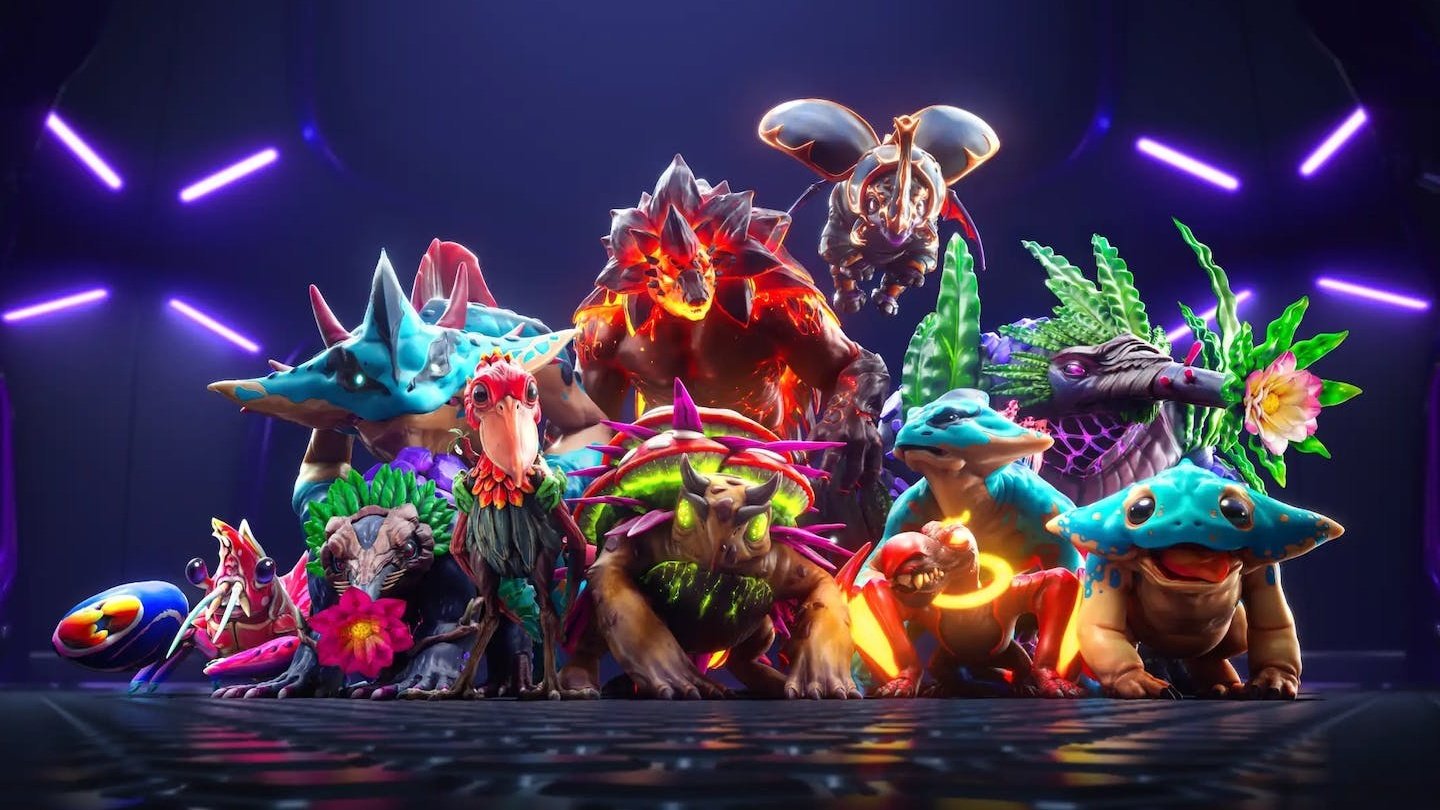
Illuvium ($ILV): Illuvium offers a visually stunning, open-world RPG where dynamic NFTs represent creatures and items that evolve through gameplay. Its cross-chain compatibility and DeFi integrations set a new standard for GameFi.
-
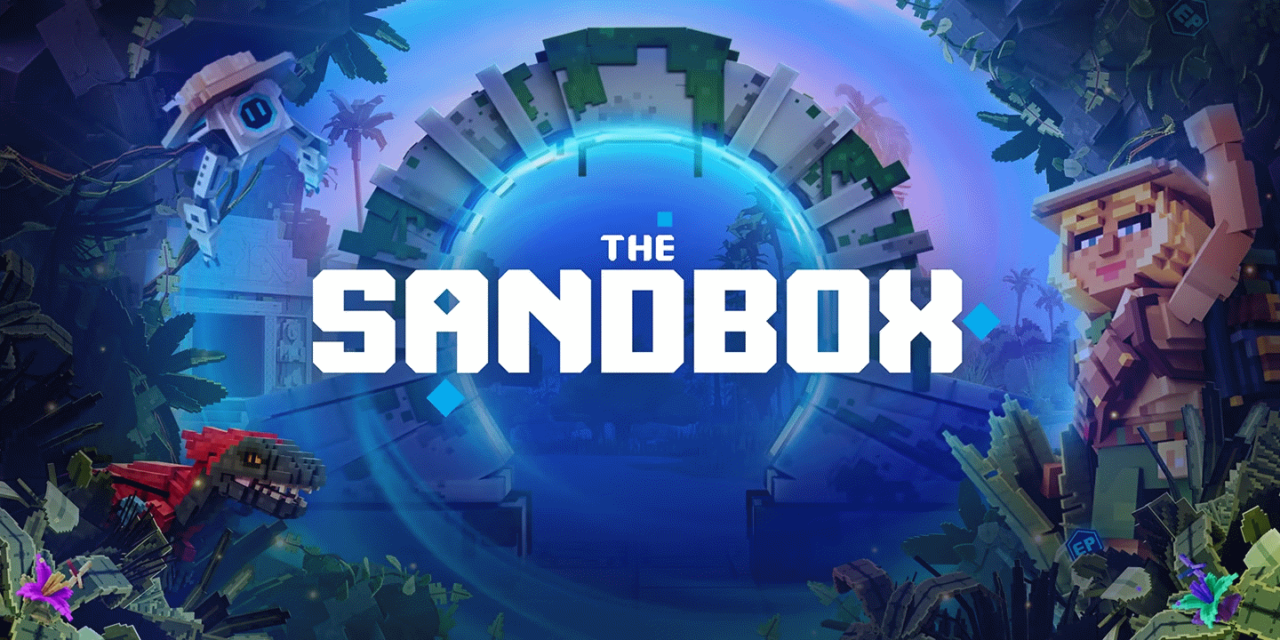
The Sandbox ($SAND): The Sandbox empowers users to create, own, and monetize virtual experiences using smart NFTs for land, avatars, and assets. Its robust creator economy and interoperability drive sustained growth.
-

My Pet Hooligan: This action-adventure GameFi project leverages dynamic NFTs that unlock new abilities and features as players progress, fostering deeper engagement and asset value.
-
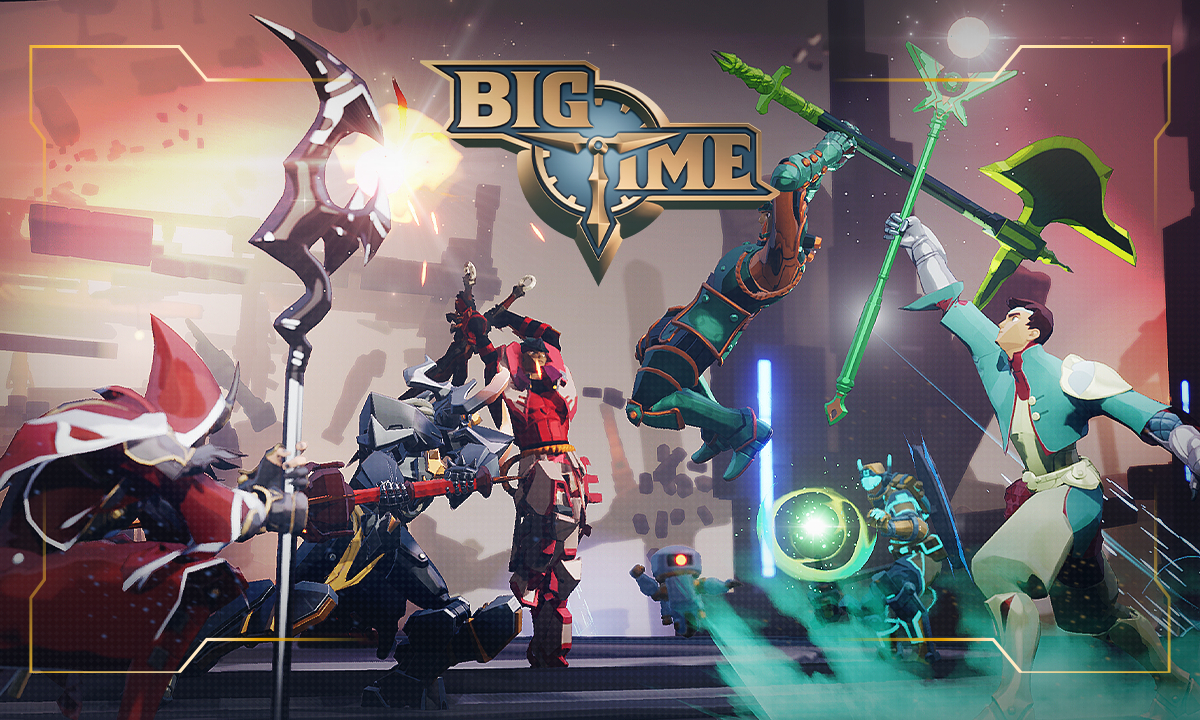
Big Time: Big Time integrates evolving NFTs as in-game collectibles and gear, enabling players to upgrade and trade assets across a thriving cross-chain marketplace.
Each of these projects leverages the programmable nature of smart NFTs to deliver not just entertainment but sustainable value. Whether through AI-driven narratives, DeFi-powered asset management, or cross-platform interoperability, these platforms exemplify the direction of NFT-based game economies.
As we move deeper into 2025, it is clear that smart NFTs are not a passing trend. They are the foundation for more engaging, secure, and player-driven virtual worlds. In the next section, we’ll examine how these technologies are reshaping player incentives and the broader digital economy.
The maturation of smart NFTs in gaming is catalyzing a shift in how value and incentives are structured within virtual economies. Unlike the speculative hype cycles of early GameFi, 2025’s NFT-based game economies are defined by sustainable, player-centric models that reward engagement, creativity, and stewardship. The programmable nature of dynamic NFT assets means that utility and value are no longer static; they can be designed to adapt to evolving player behaviors and game-world events.
Player Incentives: From Speculation to Sustainable Value Creation
Smart NFTs have fundamentally changed the incentive landscape for gamers. Instead of relying solely on price appreciation or speculative trading, players now earn tangible rewards through active participation and skillful play. For example, in ecosystems like The Sandbox ($SAND), users can generate income by creating assets or experiences that others want to use or visit. Meanwhile, yield-bearing NFTs allow holders to passively accrue returns via staking or revenue sharing mechanisms built directly into smart contracts.
This evolution is especially apparent in projects such as Artyfact ($ARTY), where AI-driven gameplay and NFT revenue sharing create a feedback loop between participation and profit. The result is a more resilient economic model, one that rewards long-term engagement over short-term speculation.
Another crucial aspect is the ability for NFTs to serve as programmable access keys. This unlocks new forms of gated content, exclusive events, or even governance rights within games, transforming NFTs from mere collectibles into vital tools for community building and content curation.
The Broader Impact: NFT Utility Beyond Gaming
The innovations driving GameFi 2025 trends are already spilling over into other sectors of the digital economy. Dynamic NFTs are being explored for use in loyalty programs, decentralized identity systems, and even real-world asset tokenization. Their core attribute, on-chain logic that enables assets to evolve or interact with external data, opens up possibilities far beyond gaming.
This cross-pollination is bolstered by the increasing interoperability between blockchains, which removes friction for both developers and end-users. As a result, we’re seeing the emergence of unified digital marketplaces where NFT utility for gamers seamlessly merges with broader Web3 applications.

Checklist: How to Evaluate Smart NFT Projects in 2025
For those looking to participate in this new paradigm, whether as players, creators, or investors, a disciplined approach is essential. Prioritize projects with transparent on-chain logic, robust security measures (such as NATLM integration), proven cross-chain support, and active communities driving ongoing development.
The rapid pace of innovation means risks remain ever-present, but so do opportunities for those willing to engage thoughtfully with evolving in-game assets. As smart NFTs continue redefining digital ownership and value creation across platforms, their role at the heart of next-gen GameFi economies appears not just secure but indispensable.

